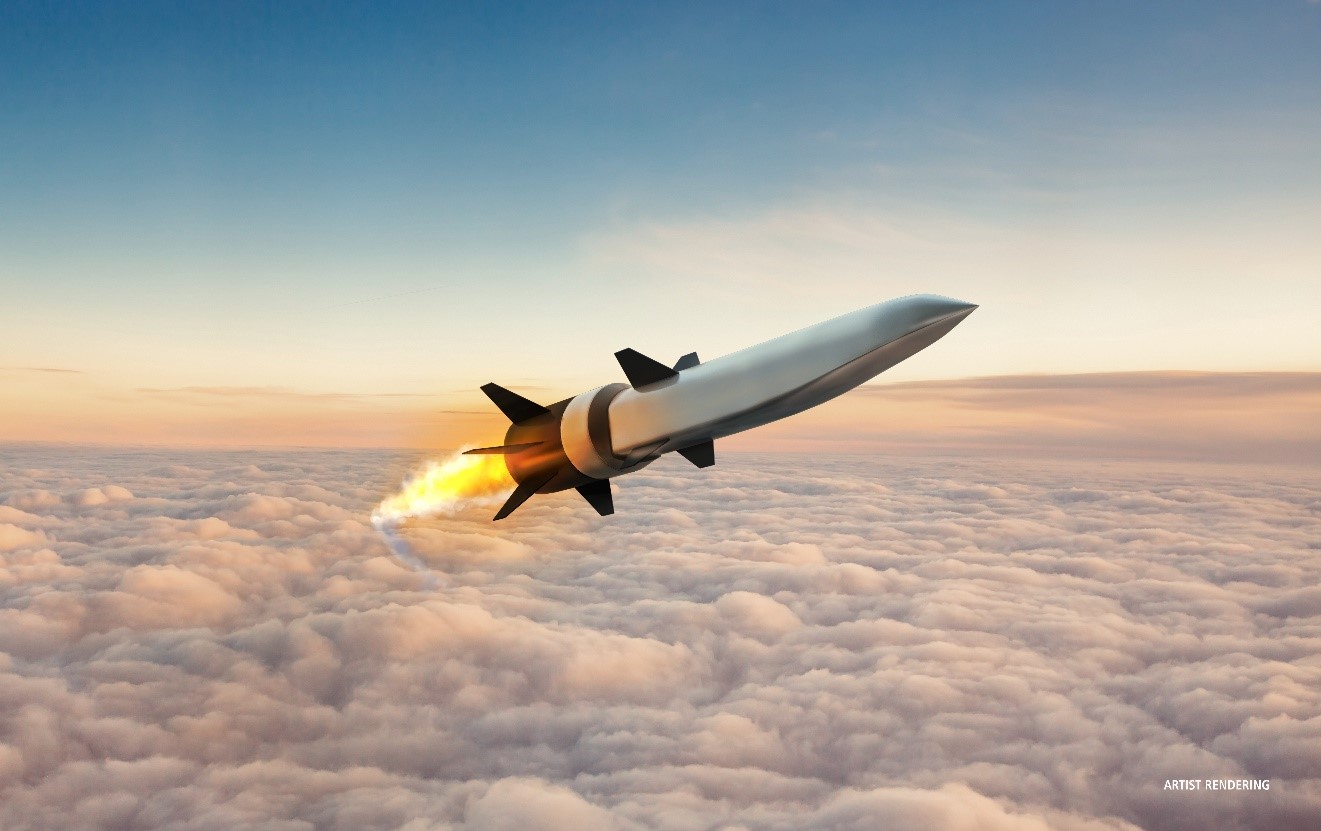Australia, a key player in the Indo-Pacific region, has been making concerted efforts to increase its military capability. From hosting the first Marine Rotational force in 2011 to signing the AUKUS pact for a nuclear submarine, Australia has come a long way.
Engulfed In Over 19 Territorial Disputes, China Aims To ‘Settle Score’ With All Neighbours By 2050?
So far, the big projects the Australian Defence Force (ADF) has undertaken are for submarines, combat reconnaissance vehicles, F-35 fifth-generation stealth fighters, infantry fighting vehicles among others.
Now, the country is pursuing its most ambitious military project — the indigenous Joint Air Battle Management System (JABMS), which could be a game-changer in the near future. The JABMS, also called AIR-6500, forms the core of the future Integrated Air and Missile Defense capabilities, according to the Australian Defence Magazine.

The AIR 6500 is the cornerstone of the Royal Australian Air Force’s fifth-generation archway. Its goal is to bring all platforms and sensors from all warfighting domains together in a single interface that can track threats, organize a combined response, and guide that response toward the target. It’s emblazoned with the phrase “all sensor, best shooter.”
In August of last year, the Australian Department of Defense (DoD) chose Lockheed Martin and Northrop Grumman for the AIR6500 Phase I project, as previously reported by Airforce Technology.
Partnering up ? @northropgrumman and @LockheedMartin have been shortlisted as key partners for the AIR 6500.#aerospace #AIR6500 #strategicpartnership #IAMD https://t.co/HKG5kwtWSY pic.twitter.com/2KBFWPZjR2
— AeroMedGroup (@AeroMed_Group) August 5, 2021
Australia currently relies on Space-Based Infrared System (SBIRS) for surveillance, and one possibility for the next-generation OPIR satellites which are in the works would be to maintain this reliance. Both these systems are US-made.

However, with the recent signing of the AUKUS (Australia, UK and US) agreement and Australia’s quickly growing space sector, Canberra could soon develop its own early warning and tracking capability. A new sovereign capacity might be able to deliver the true persistence required to counter China’s growing maneuverable, short-time-of-flight threats, according to National Interest.
The AIR 6500 project should start with the development of such a capacity. This is expected to help in the detection, tracking and interception of long-range ballistic and cruise missile systems, as well as hypersonic glide vehicles.
What Is AIR-6500?
The Australian Defence Force (ADF) will get a JBAMS as part of AIR6500 Phase 1, which will serve as the framework for the future Integrated Air and Missile Defense capabilities. This will provide ADF with better situational awareness and protection from increasingly advanced air and missile threats, as well as increased interoperability with the allies.
The ultimate goal of Network Centric Warfare is to connect everything — that is, to have every person, platform, sensor, and weapon connected to the system and assigned an IP address.
The three Australian services have been slowly strengthening their internal connectedness – with varying degrees of success – and now a significant step forward in the construction of a fully integrated national system has been taken in the form of AIR-6500, according to Asia Pacific Defence Reporter.

Successful missile early warning requires speed, and a sovereign capability with a persistent wide field of view would maximize coverage of possible missile threat arcs from the north as well as the east and west coasts of Australia.
“Certainly AIR 6500 is the cornerstone of the integrated air and missile defense capability,” Christine Zeitz, General Manager Asia Pacific for Northrop Grumman, said. “It will be used to provide the ADF with theatre-wide missile defense”.
The technology being provided to Australia comes from the US Army’s Integrated Air Missile Defense Battle Command System, which is at the heart of the US Army’s next-generation air and missile defense capacity, according to Zeitz. To put it another way, this model is an ‘all sensor, greatest shooter’ model.
“There are a large number of people who are actively working on AIR 6500 today and the majority of them are in Australia,” Steve Froelich, Lockheed Martin Australia (LMA) program executive for AIR 6500, said.
F-22 Raptor: China Says Can Shoot-Down World’s Top Stealth Jet ‘Within Seconds’ With New Heat-Seeking Hypersonic Missile
“The US and Australian teams share information every day, but all of the work today that we’re under contract for is primarily being done in Australia. We have seven risk reduction areas that we’re going through – which is just a maturation of the program.”
LMA is considering a wide array of technologies from across the industry for its AIR 6500 test system. One of the candidates is a ‘Virtualized Aegis Weapons System’, which uses a tactical cloud to – as Froelich describes – ‘package Aegis into a virtual, expeditionary form.’
LMA conducted a roadshow around Australia and a virtual meeting with New Zealand’s defense industry, resulting in the identification of 130 SMEs who could eventually contribute to the Air 6500 solution.
The China Factor
As China’s strategic and regional nuclear forces take shape, the threat from missiles is rapidly increasing. According to a report released by the US Department of Defense on China’s military might, “The accelerating pace of the PRC’s nuclear expansion may enable the PRC to have up to 700 deliverable nuclear warheads by 2027. The PRC likely intends to have at least 1,000 warheads by 2030, exceeding the pace and size the [US] DoD projected in 2020”.
According to another report by the US-China Economic and Security Review Commission, China’s nuclear build-up “could also be intended to support a new strategy of limited nuclear first use … [which] would enable Chinese leaders to leverage their nuclear forces to accomplish Chinese political objectives beyond survival, such as coercing another state or deterring US intervention in a war over Taiwan.”

The threat posed by upgraded long-range conventional missiles and the danger from future submarine-launched hypersonic missiles are among the reasons why the AIR-6500 becomes even more significant.
China’s hypersonic weapons capabilities, particularly the DF-17 and the recently tested ‘FOBS–HGV’ (fractional orbital bombardment system – hypersonic glide vehicle), have left the western nations worried.
China is said to have tested a nuclear-capable FOBS–HGV over the South Pole in July and August, releasing what could have been a submunition over the South China Sea at speeds above Mach 5.
Belligerent Dragon Or A Wily Fox – Why India’s ‘Bear Hug’ To Old-Pal Russia Could Change The Power Dynamics?
The main reason for moving to a distributed and disaggregated missile early warning system is to make it harder for an adversary to utilize counter space capabilities against it. This method may potentially be useful for spotting hypersonic weapons, it further elaborates.
The relationship between Australia and China remains strained due to the former’s participation in Quad [US, Japan, Australia and India], which China has termed as the Asian NATO. Canberra becoming a part of AUKUS for the acquisition of nuclear submarines has made matters worse.
Its close cooperation with the United States, China’s arch-rival, has meant that Australia has emerged as a direct threat to China and vice-versa. As the Chinese military undergoes rapid modernization, it can be understood that Australia remains eager and committed to the AIR-6500 project — its most ambitious and advanced military program so far.
- Contact the author at sakshi.tiwari9555@gmail.com
- Follow EurAsian Times on Google News




